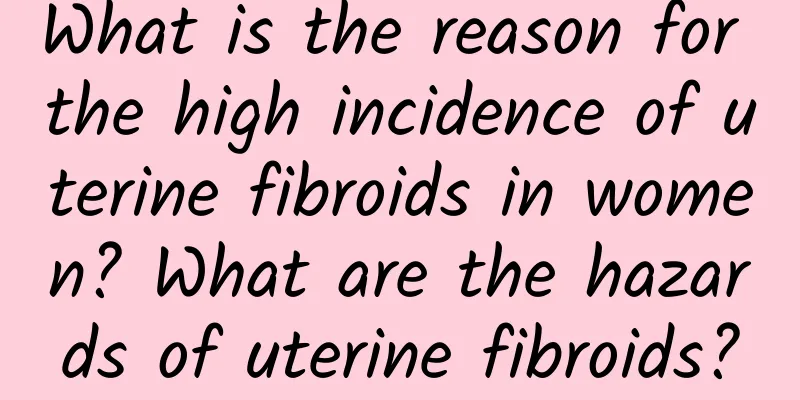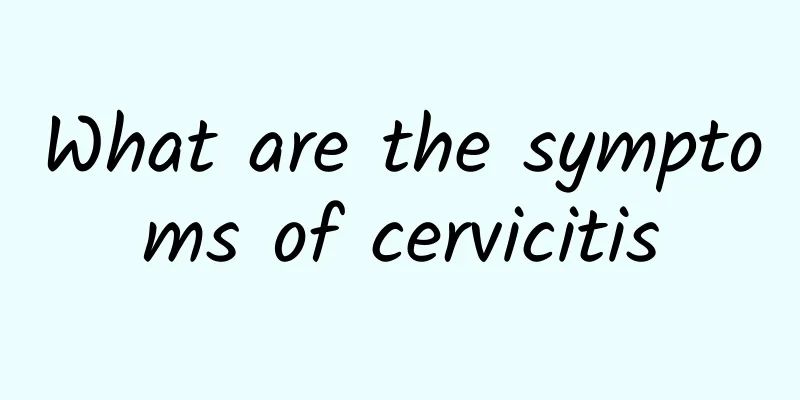Treatment principles for functional uterine bleeding

|
The treatment principles for functional uterine bleeding include medication, surgery, and lifestyle adjustments. The specific method should be selected according to the cause and severity of symptoms. Functional uterine bleeding is common in women with abnormal menstrual cycles and may be related to hormone imbalance, endometrial abnormalities, or systemic diseases. 1. Drug treatment is the first choice for functional uterine bleeding and is suitable for patients with mild to moderate symptoms. Hormonal drugs such as oral contraceptives, progesterone and estrogen are often used to regulate the menstrual cycle and reduce bleeding. Non-hormonal drugs such as tranexamic acid and ibuprofen can also be used to control bleeding and relieve pain. For patients with abnormal hormone levels, doctors may prescribe gonadotropin-releasing hormone analogs to help restore normal hormone balance. 2. Surgical treatment is suitable for patients who are ineffective with drug treatment or have severe bleeding. Endometrial resection is a minimally invasive surgery that reduces bleeding by removing part or all of the endometrium. Uterine artery embolization controls bleeding by blocking blood flow in the uterine artery and is suitable for patients who do not want to have their uterus removed. Hysterectomy is the last choice and is suitable for patients with severe bleeding and no desire to have children. 3. Lifestyle adjustment plays an important role in the prevention and auxiliary treatment of functional uterine bleeding. Maintaining a healthy weight and avoiding excessive obesity or weight loss can help maintain hormone balance. Regular exercise such as yoga, walking and swimming can improve blood circulation and relieve symptoms. In terms of diet, increasing foods rich in iron, vitamin C and protein, such as lean meat, spinach and citrus fruits, can help prevent anemia and promote physical recovery. The treatment of functional uterine bleeding requires a personalized plan based on individual conditions. Only by combining drug therapy, surgical treatment and lifestyle adjustments can symptoms be effectively controlled and the quality of life be improved. |
<<: What medicine can cure endometritis and pelvic inflammatory disease faster?
>>: How can I get rid of the right ovarian cyst? What medicine should I take?
Recommend
The symptoms of vulvar leukoplakia mainly include these special manifestations
The disease of vulvar leukoplakia is often ignore...
We should do a good job in preventing cervical hypertrophy in our daily life
In recent years, the incidence of cervical hypert...
Causes of abnormal vaginal discharge in girls
When abnormal leucorrhea occurs, you need to see ...
What kind of chicken soup should I drink after uterine fibroid surgery? What kind of soup is the most nutritious after uterine fibroid surgery?
Uterine fibroids are a common gynecological disea...
What are the main symptoms of Bartholinitis?
Bartholinitis is a common gynecological inflammat...
What are the specific manifestations of cervicitis?
Gynecological diseases, especially cervicitis, ar...
Common treatment misunderstandings of vaginitis
What are the common misunderstandings in the trea...
Brief analysis of several main symptoms of dysmenorrhea
Dysmenorrhea is a gynecological disease that ofte...
What are the reasons for heavy menstrual flow and long cycles?
What is the reason for heavy menstrual flow and l...
Common dietary treatment measures for patients with pelvic inflammatory disease
If pelvic inflammatory disease is not treated in ...
Does penicillin treat pelvic inflammatory disease?
If the patient's pelvic inflammatory disease ...
Can I keep my pregnancy after a missed abortion?
Whether you can keep a pregnancy after a missed m...
Causes of irregular menstruation are related to occupational factors
The cause of irregular menstruation is related to...
Do uterine fibroids affect fertility?
Uterine fibroids are the most common benign tumor...
What are the symptoms of worsening uterine fibroids in women?
We all need to understand the symptoms of worseni...









